Some cars are remembered for winning races, setting performance records, or redefining design. Others achieve fame in a far stranger way—by failing so hard they become immortal in car culture. These 14 North American cars were flawed to the point of legend, but their very disasters turned them into icons of the automotive “what were they thinking” category.
Pontiac Aztek (2001–2005)
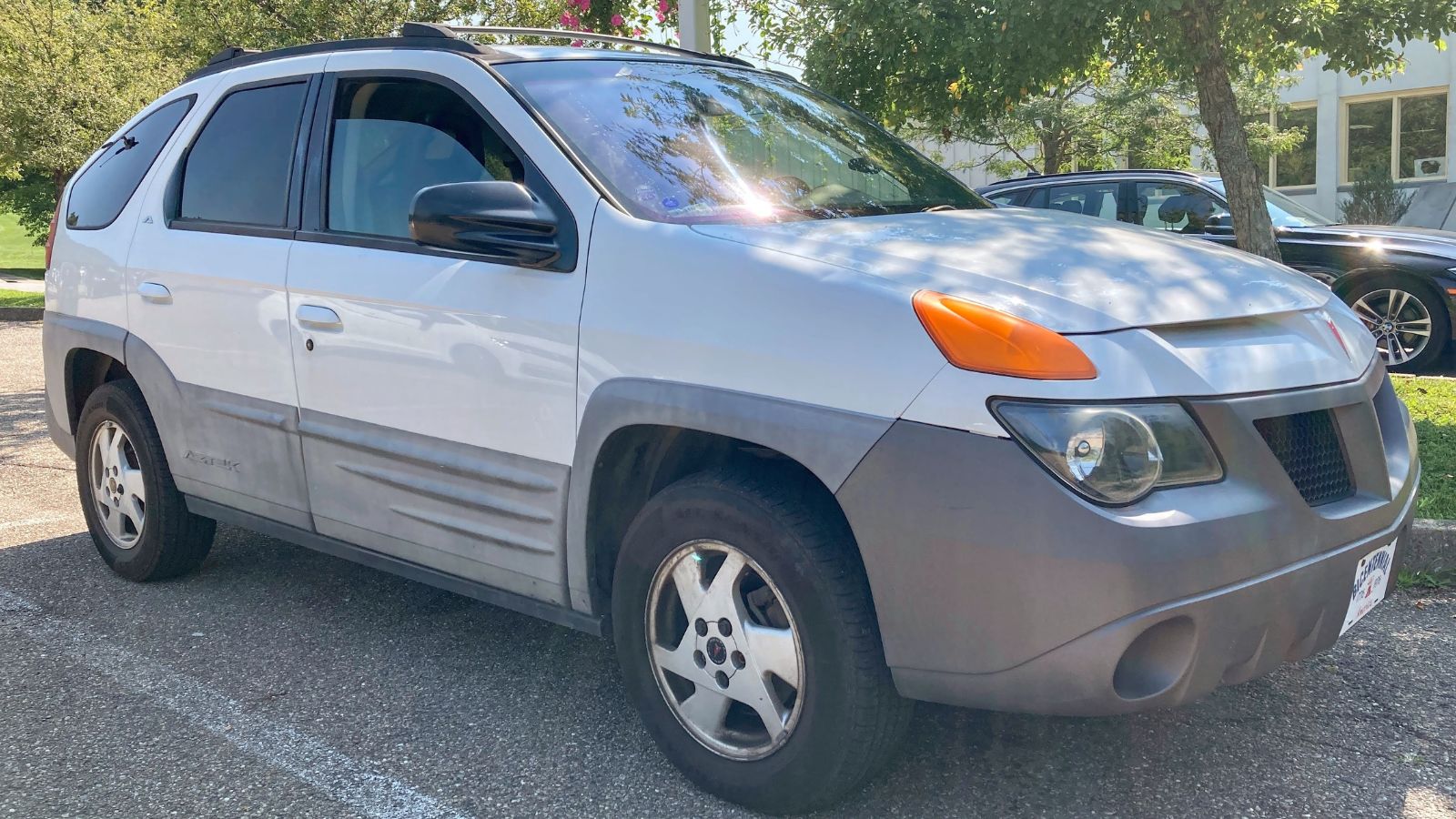
The Aztek has been the butt of jokes since it rolled into showrooms. Marketed as the ultimate lifestyle crossover, it came with features like a built-in cooler, camping tent attachments, and a rear console that doubled as a boombox. Unfortunately, the design looked like several different cars smashed together in a dark parking lot. Still, its unapologetic weirdness has attracted a cult following, with some younger buyers hunting for clean examples as ironic collectibles.
Ford Pinto (1971–1980)

Ford’s entry into the small-car market was a sales hit, but the Pinto’s legacy is dominated by a safety scandal involving its fuel tank placement. Rear-end collisions could rupture the tank and start fires, and lawsuits followed. That said, the Pinto was cheap, simple to work on, and sold in over 3 million units. It is now a staple at car shows for shock value, and some owners proudly drive them as a middle finger to critics.
AMC Gremlin (1970–1978)
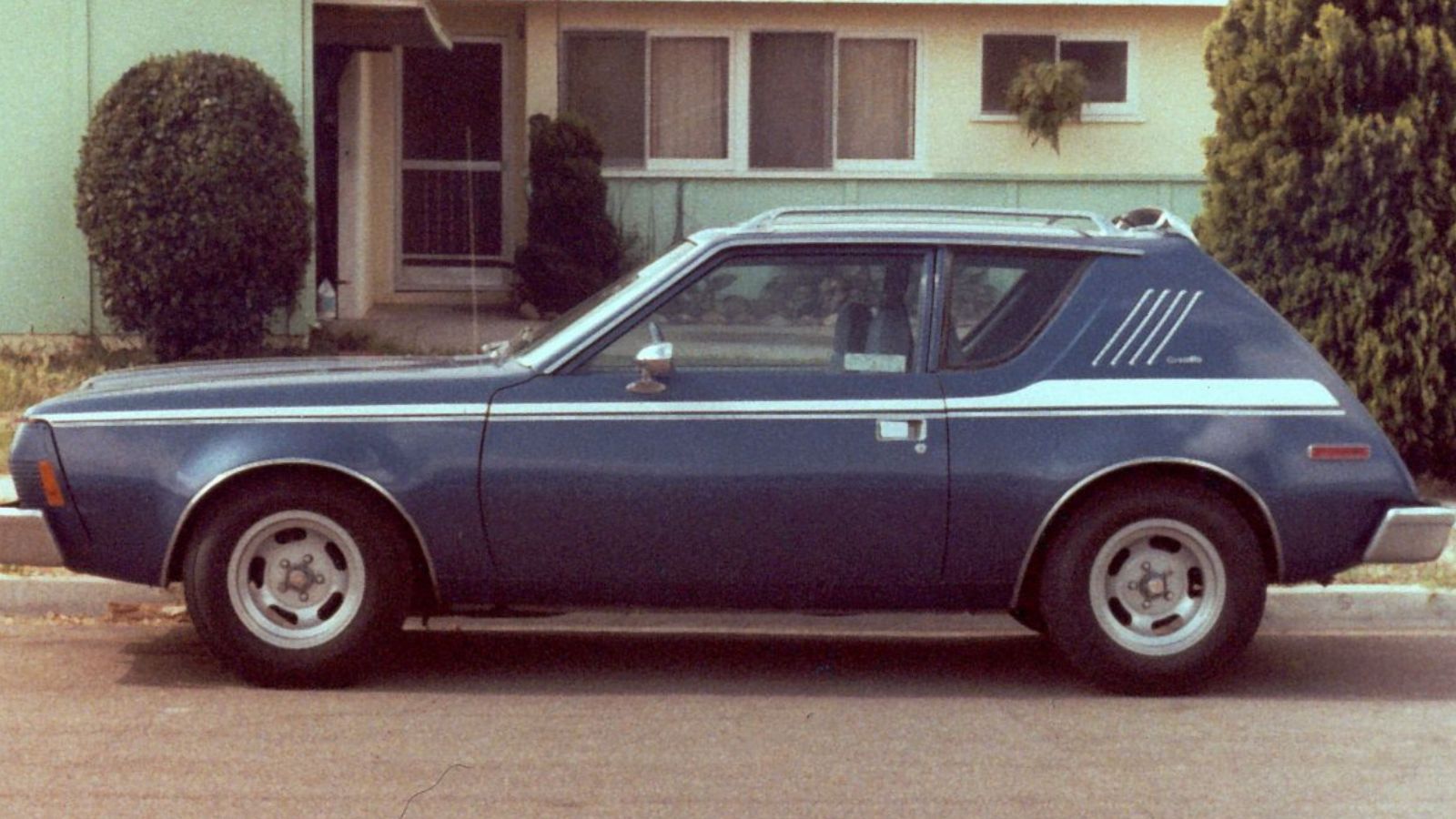
AMC needed a compact car fast, so they chopped the rear off a Hornet and called it a day. The result was the Gremlin, a bizarre-looking hatchback that sold surprisingly well thanks to its low price and quirky charm. It came with a variety of engines, including a straight-six that gave it more grunt than rivals. While it was ridiculed in its day, today it’s loved by fans of oddball American iron.
Chevrolet Vega (1970–1977)
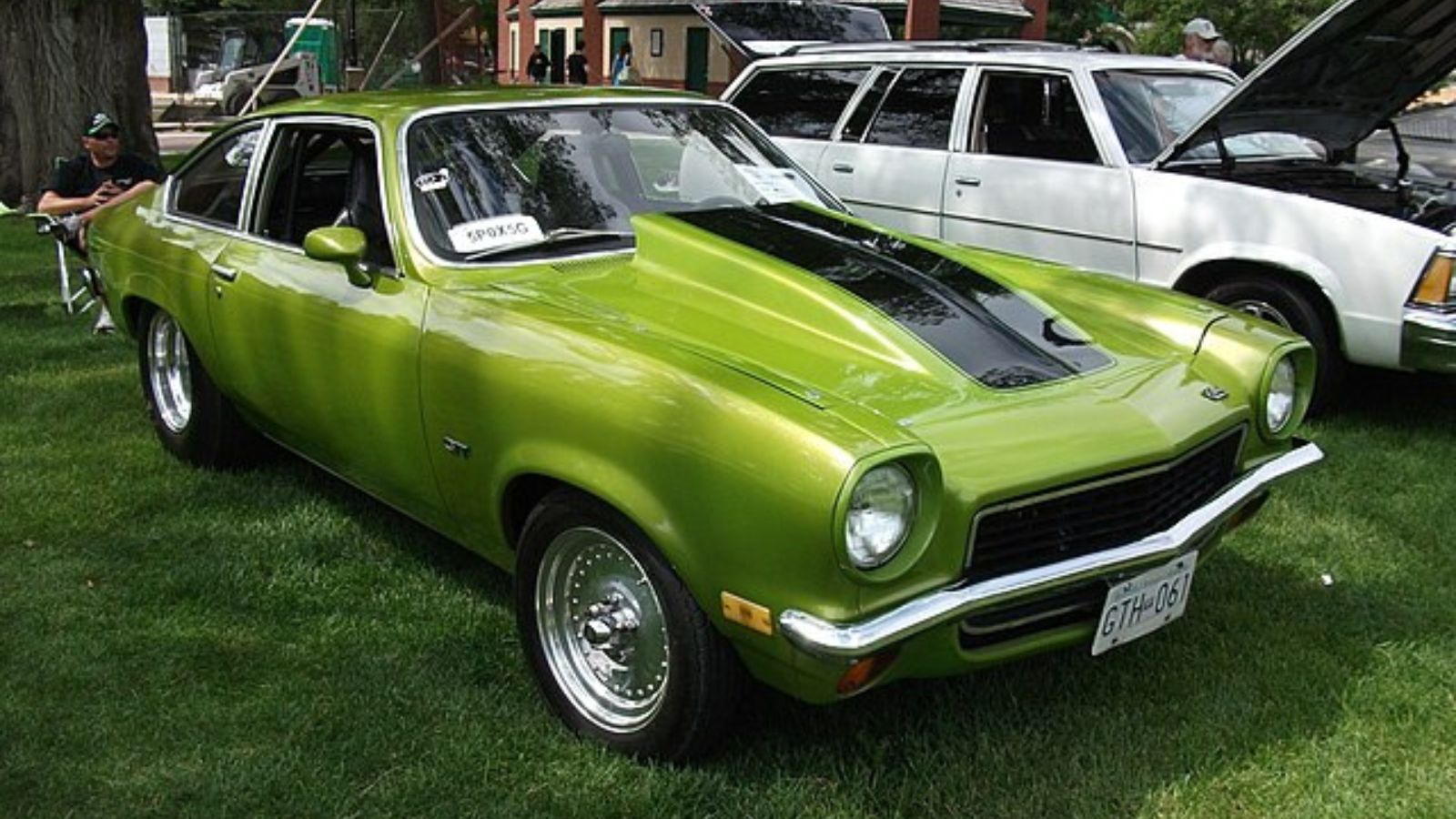
The Vega was GM’s answer to the imported small car invasion, with clean styling and an innovative aluminum engine. Sadly, that engine overheated easily, warped its cylinder heads, and drank oil like water. The bodies rusted faster than owners could pay them off. Yet the Vega still holds a place in history as a cautionary tale of rushing innovation to market without proper testing.
Bricklin SV-1 (1974–1975)
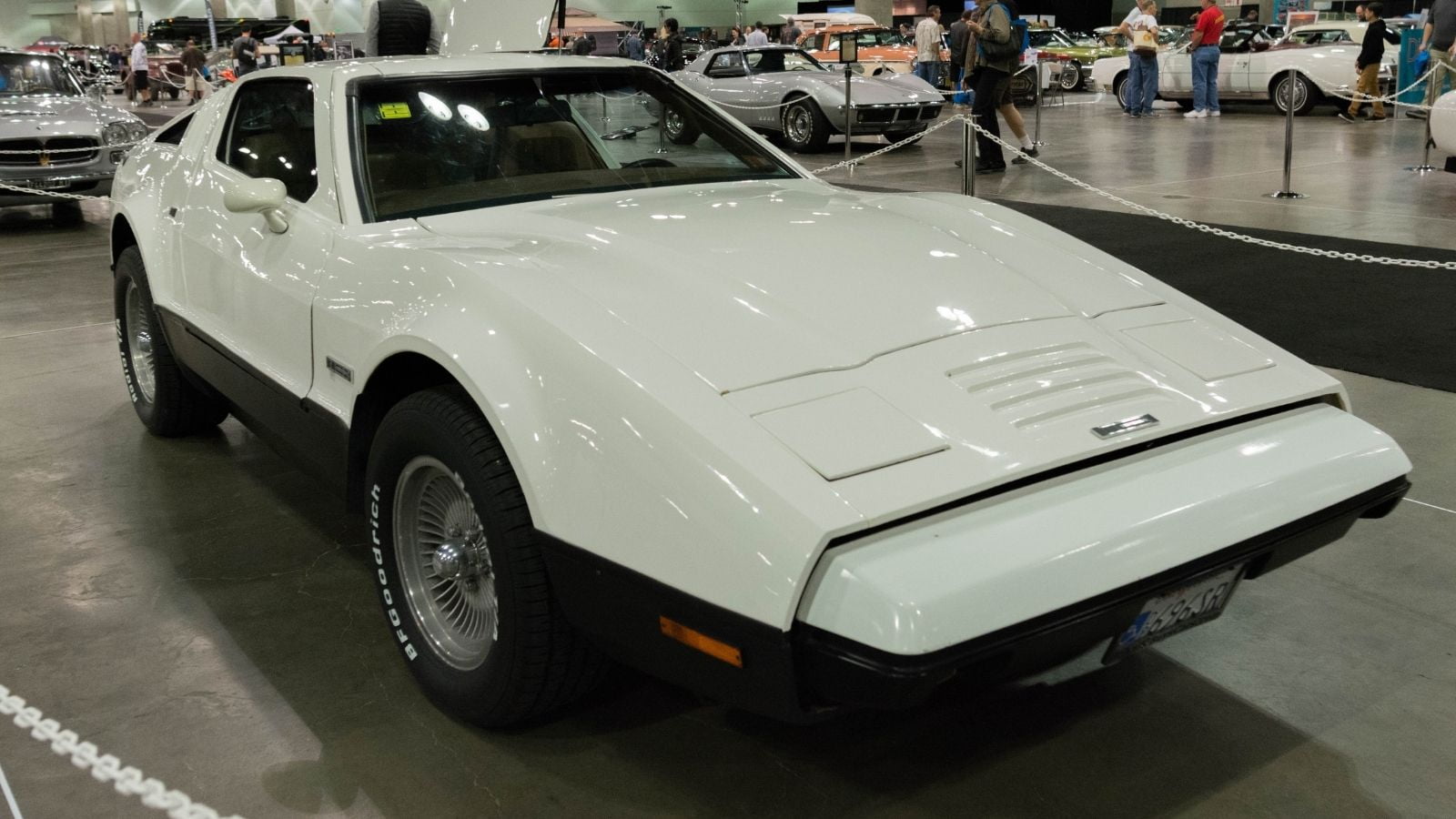
Malcolm Bricklin’s gullwing-doored sports car was supposed to be a Canadian-built safety performance machine. Instead, it was underpowered, poorly assembled, and riddled with quality issues. Still, its looks were striking, and only about 3,000 were made. Collectors now prize them for their rarity and the sheer audacity of the project.
Chrysler TC by Maserati (1989–1991)
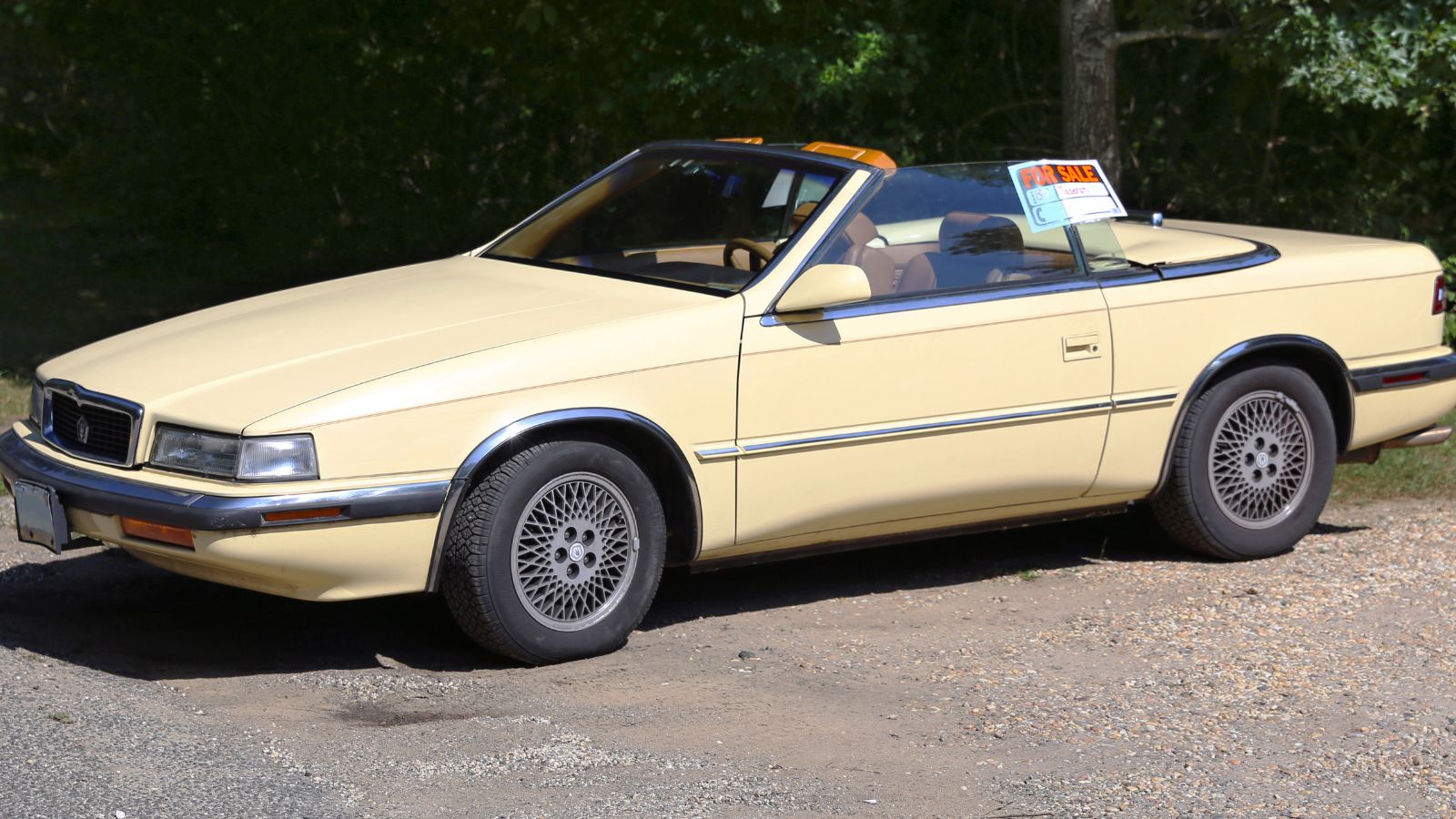
A joint venture between Chrysler and Maserati should have produced something exotic. Instead, the TC was essentially a Chrysler LeBaron with Italian leather, a porthole hardtop, and a much bigger price tag. Few saw the value, and production ended after about 7,300 units. These days, it’s a trivia goldmine for car nerds.
Dodge Aspen / Plymouth Volaré (1976–1980)

Hyped as the future of affordable American family cars, the Aspen and Volaré even won Motor Trend’s Car of the Year award in 1976. The honeymoon ended quickly, as they suffered from poor rustproofing, flimsy interiors, and mechanical woes. Despite that, you will still see them at small-town parades, often driven by owners who refuse to let them die.
Cadillac Cimarron (1982–1988)

The Cimarron’s infamy comes from being little more than a Chevrolet Cavalier in fancy clothes, priced like a true Cadillac. Underpowered, cheaply built, and nowhere near the standard of European rivals, it damaged Cadillac’s reputation for years. Today, it’s a shining example of why badge engineering can go horribly wrong.
Pontiac Fiero (1984–1988)
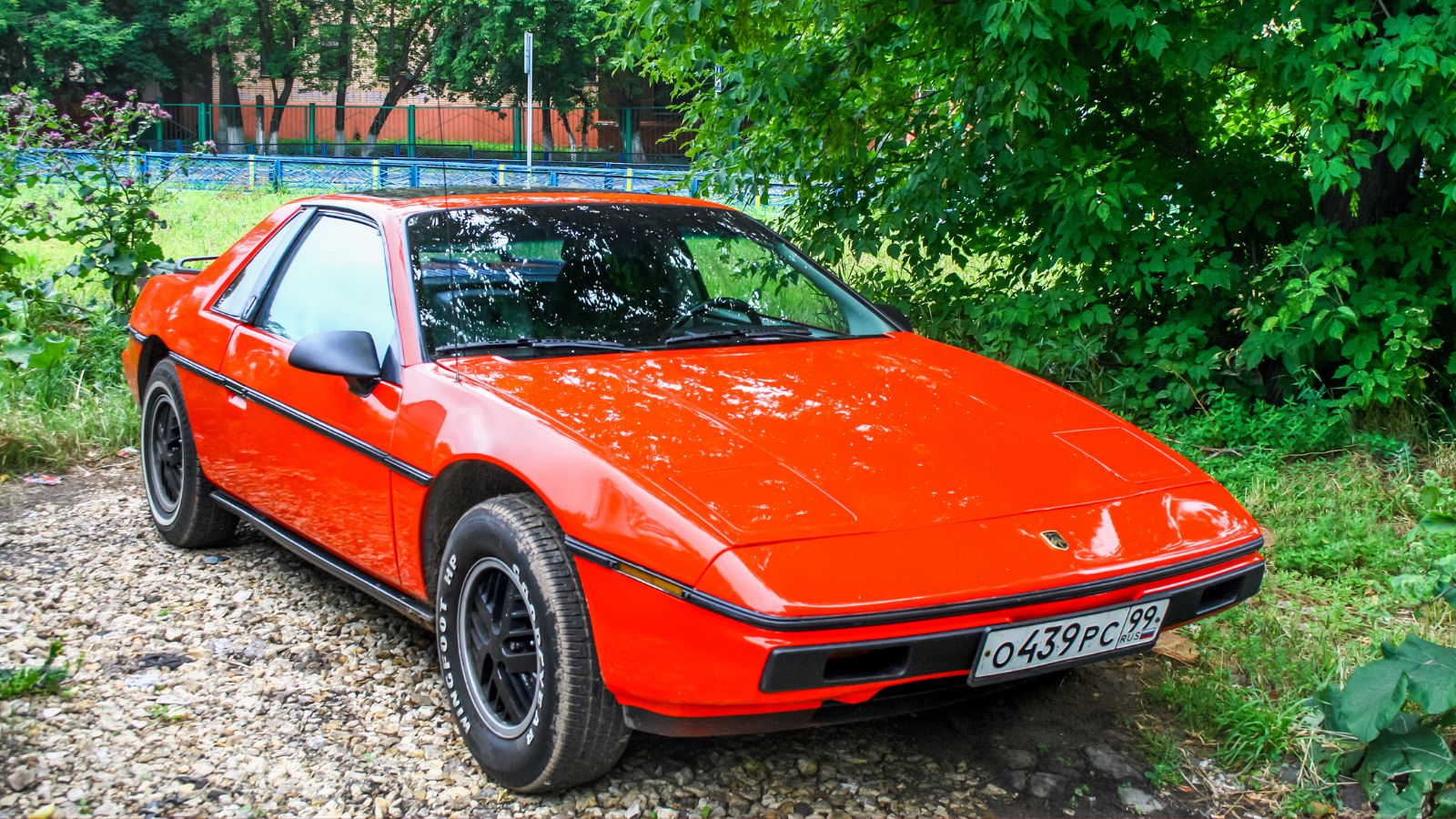
The Fiero began as an innovative mid-engine commuter car but was launched with weak engines and a suspension setup borrowed from economy cars. Early models also had a bad habit of catching fire due to oil leaks. By the time Pontiac improved it with a proper V6 and better handling, the market had moved on. Now it’s beloved by tinkerers and kit car builders.
Lincoln Blackwood (2002)
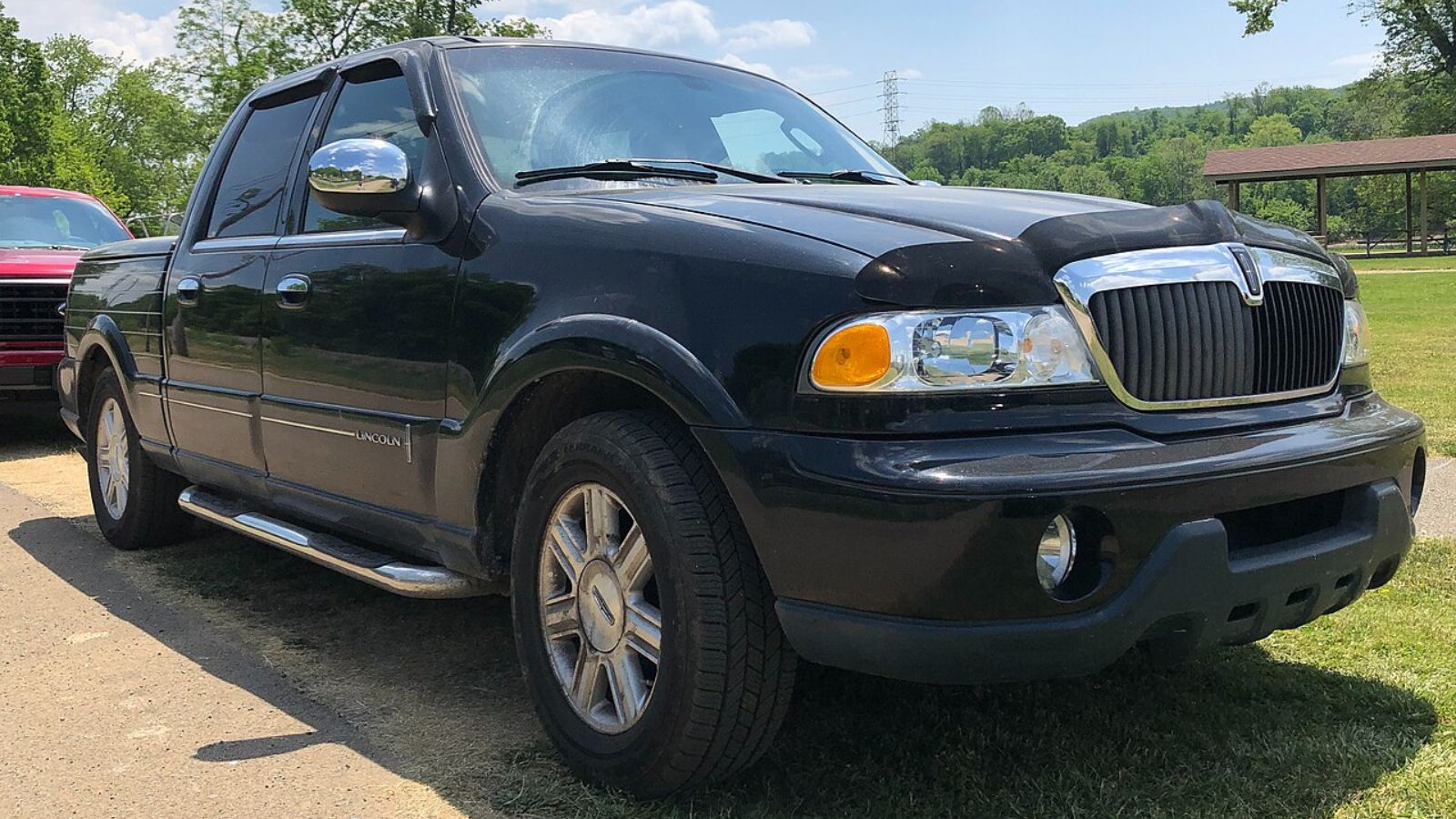
The Blackwood might be the shortest-lived luxury truck experiment in history. Lincoln took an F-150, gave it a plush interior, and replaced the truck bed with a carpeted, power-lidded trunk. The result was beautiful but utterly impractical, and only around 3,300 were sold. It’s rare now, but mostly as a conversation piece.
Ford EXP (1982–1988)
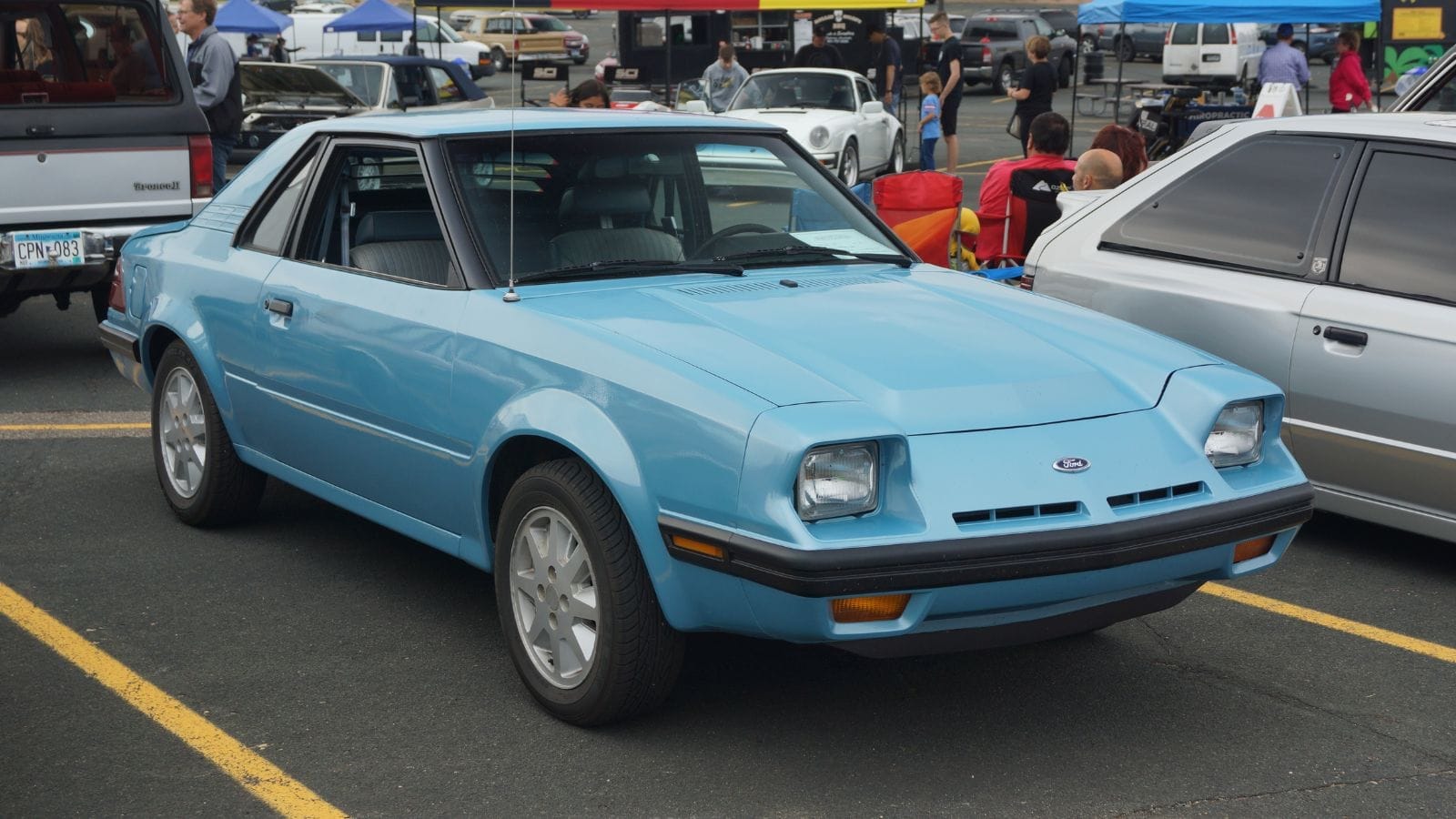
Built as a two-seater “sporty” version of the Ford Escort, the EXP was neither quick nor particularly stylish. It appealed to buyers who wanted the idea of a sports car without any of the performance. Today, it’s remembered more for its awkward proportions than anything else.
Mercury Bobcat (1975–1980)
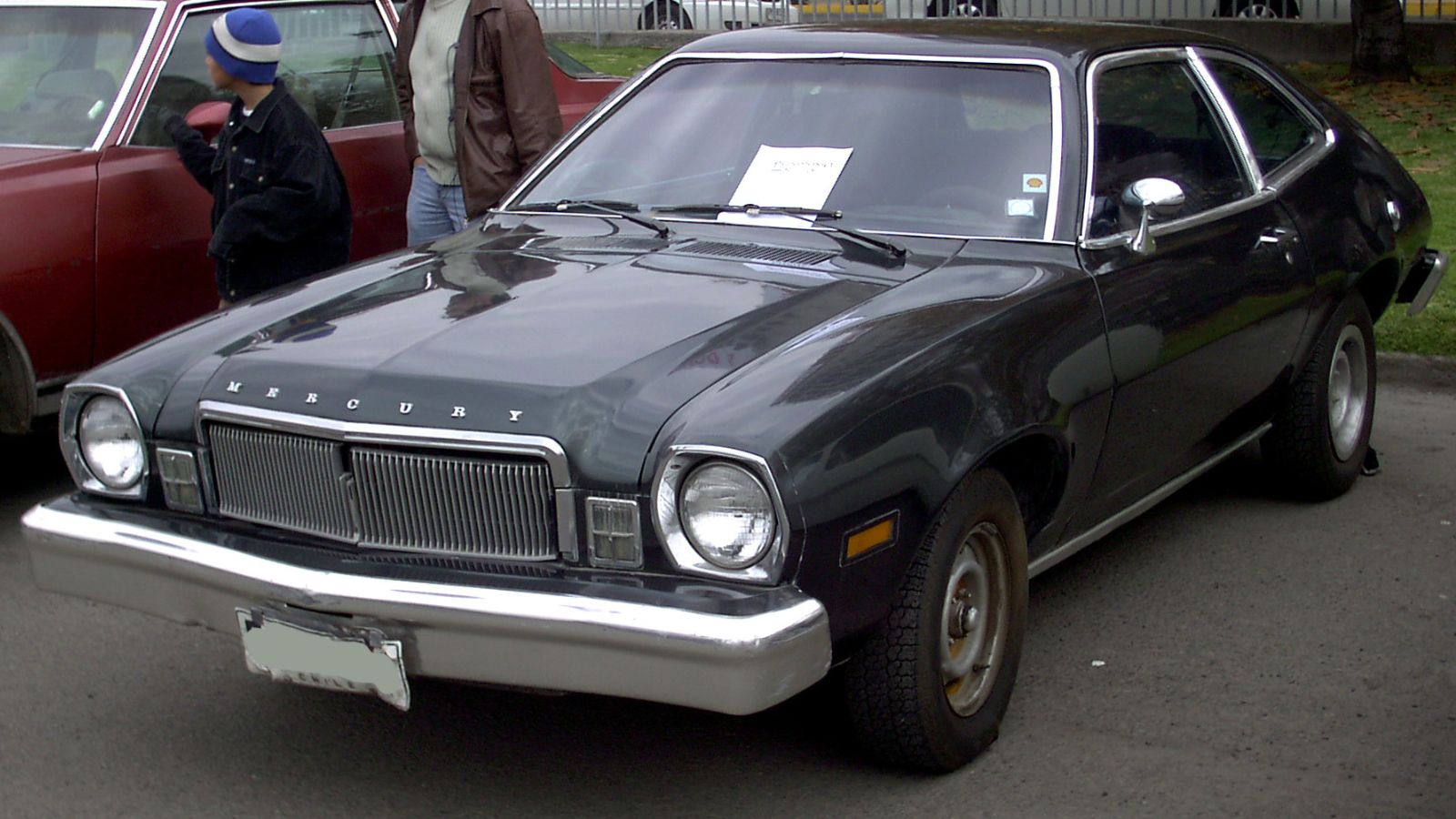
The Bobcat was Mercury’s rebadged Pinto, inheriting the same safety issues and uninspired performance. Even dealers struggled to move them off the lot. Today, they survive mostly as collector curiosities for fans of obscure badge engineering.
Plymouth Prowler (1997–2002)
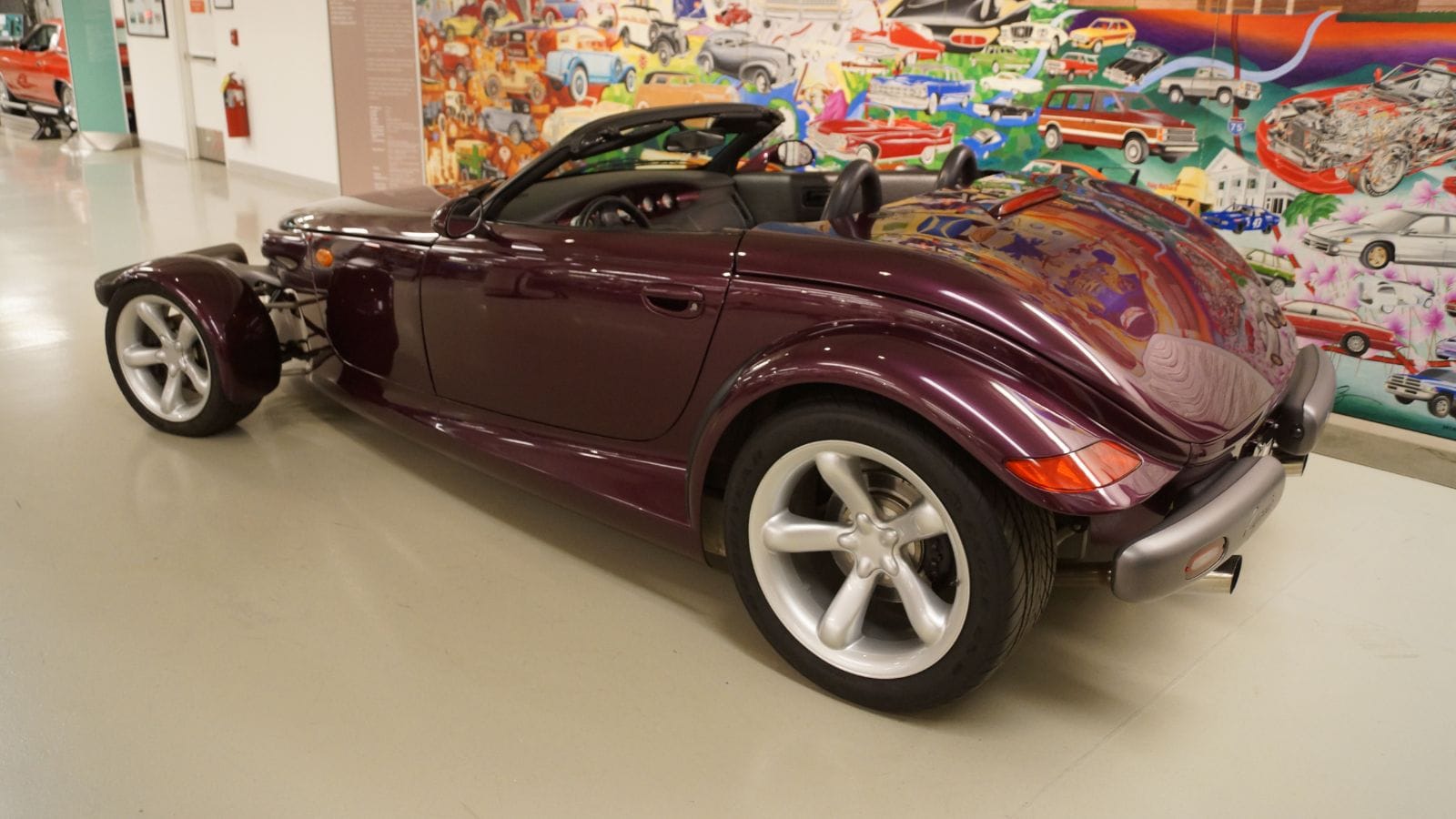
The Prowler looked like a custom hot rod from a dream, but its V6 and automatic transmission kept it from delivering true performance. While it’s a head-turner, it’s also a reminder that bold design needs the power to match.
Hummer H2 (2003–2009)
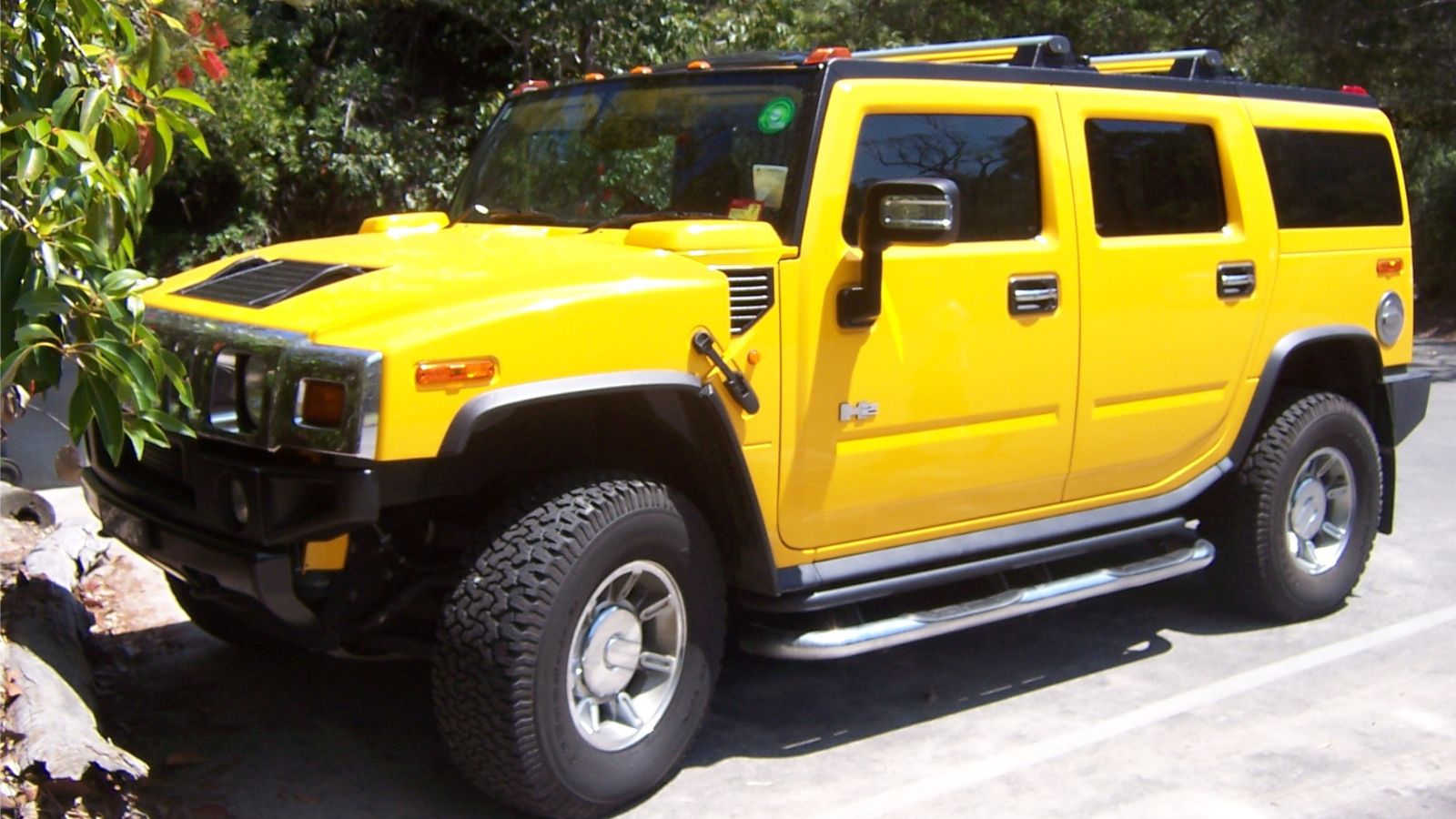
The H2 became the poster child for early-2000s excess—massive, heavy, and with fuel economy that made oil companies smile. Loved by celebrities and athletes when new, it’s now a symbol of gas-guzzling opulence from a bygone era.
25 Facts About Car Loans That Most Drivers Don’t Realize

Car loans are one of the most common ways people fund car purchases. Like any other kind of loan, car loans can have certain features that can be regarded as an advantage or a disadvantage to the borrower. Understanding all essential facts about car loans and how they work to ensure that you get the best deal for your financial situation is essential. Here are 25 shocking facts about car loans that most drivers don’t realize:
25 Facts About Car Loans That Most Drivers Don’t Realize
